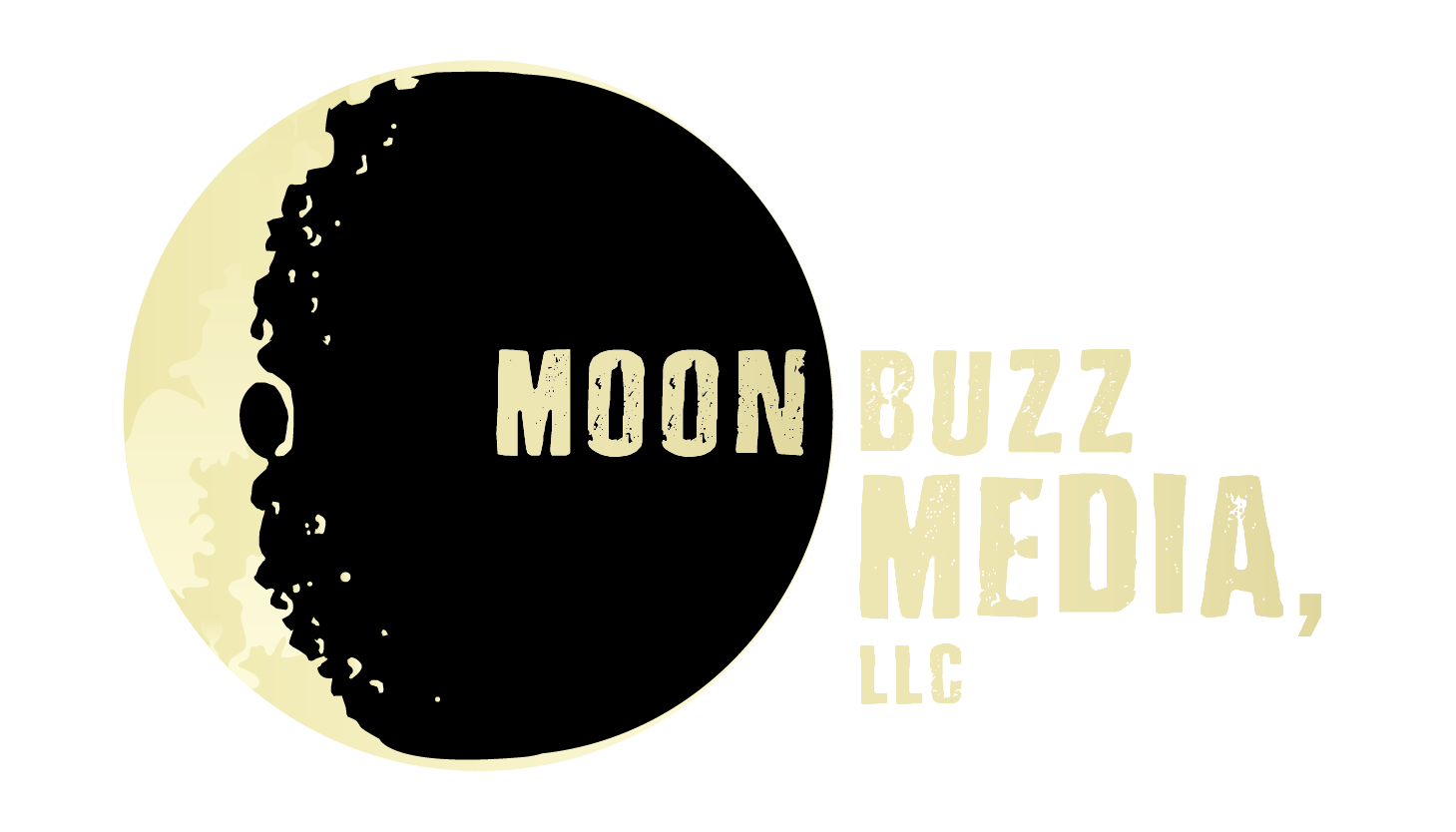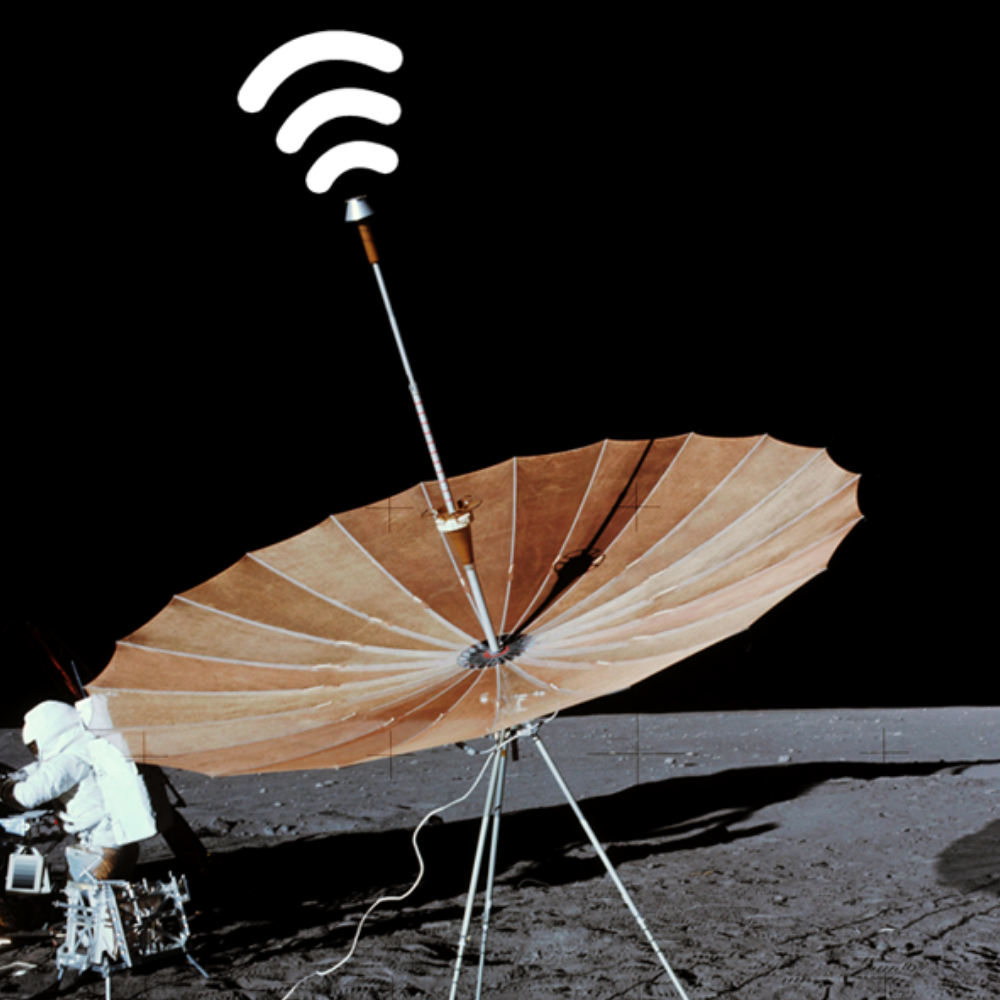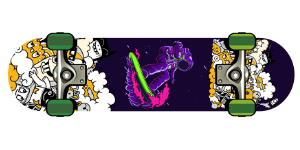Unless you’ve set up separate landing pages for marketing campaigns, your homepage is the very first thing people see when they visit your site.
One of the best strategies for optimization on homepages comes about naturally from cutting down on unnecessary chaff. Most owners and managers stuff their site’s most front-facing page with too much information and too many options. When someone visits your site, they have very little time to make a decision about:
a) Whether or not your site provides a solution to a problem in their life and,
b) Where to go on your site to solve their particular problem.
If these two elements aren’t abundantly clear from the millisecond the page loads, you’ll find online users are less and less likely to convert into leads or full-on customers. And the reason is pretty straightforward – the more “things” you throw in front of people, the more confusing your pitch becomes.
A good way of designing your website’s homepage is to try to provide an elevator pitch containing all of the current contents on it. And by provide, we mean “SAY IT OUT LOUD!” If you can’t pitch your website, including all of its content, in a single cohesive statement, you need to start cutting content.
Sometimes this can be painful. If your pitch includes a heartfelt statement about your history, and how the company got started, you’re going to need to face the hard truth that nobody really cares about the history of your company when they’re making a first impression.
That sort of information doesn’t, as many people believe, even belong in your main navigational menu. Is it solving a problem? If the answer is ‘no’ (and I can think of few situations where it would be ‘yes’), the About Us nonsense is not top navigation bar material. And it’s definitely not the sort of material you want to lay bare on your homepage for the world to get distracted by.
This is the painful process of setting feelings aside and getting rid of things that simply don’t belong on your homepage. And sometimes the easiest way of seeing what does belong is to explore what doesn’t belong. Instead of picking on a real company, we’ve decided to analyze https://www.theworldsworstwebsiteever.com/.
Anatomy Of A Bad Homepage

1: No Clearly Defined Navigation
As modern CMS platforms become ever more sophisticated, there has been a light push to build novel representation of website menus. In many cases, people decided that because they have so much content to share, they should add three or four menus that are either displayed at once, or at completely different times during the user experience. This is mistake numero uno. Navigation should be clear, and not try to break any molds.
2: No Clearly Defined Message
Remember, when people see your site for the first time, they likely have no idea who you are or what you’re about. Don’t make it hard for them to get to whatever it is you’re ultimately selling them. If you sell erasers for pencils, don’t get crafty with some metaphysical message about erasing the things you don’t like out of your life. You sell erasers. Maybe they’re over-sized and have ironic graphics on top of them, or come in a variety of cool neon colors. In which case, advertise THAT, and only THAT.
Nothing else.
If people come to your site, you want them to instantly understand what you sell and why they should buy from you.
3: Consistency Is Key
We aren’t by nature “branding people”, so we aren’t going to explain to you why it’s important to have a distinct look and feel.
Why don’t we care as much?
Because we’ve seen so many online stores with horrible “brand identity” slay the e-commerce game. The thing to remember is that consistency and clarity always trump “brand identity”.
To be sure, a large part of branding IS consistency and clarity, but having a slick looking website with a newly minted logo doesn’t do anything for you if there’s no substance behind it.
By the same token, if an organization HAS a product that solves a clearly defined problem, a modern website with beautiful branding can only help. So it’s not that we think branding is useless – it’s just that branding work should be LAST on the list of “things-to-make-my-business-land-customers”.
This is a tough one because branding work is often the “funnest” work you can do. Everyone likes telling a graphic designer how to create their logo. Everyone likes picking color themes. In short, everyone likes pushing their own aesthetic onto an online experience, because the act of creating is fun.
The reality is 99.9% of this is designers engaging in self-love. It doesn’t do anything for your ability to sell your product, because people most care about clarity and consistency. They might think a logo looks cool, but if they don’t like the product, it doesn’t matter. By the same token, if they love the product the logo and color scheme almost doesn’t matter at all.
4: Simplify Fonts & Colors
Now that we’ve agreed clarity and consistency are key, let’s clearly state: “make sure your fonts and colors are consistent!” Pick a single font (two if you absolutely must), and ensure the entire site’s font is the same. Expectations are set on your homepage, so we expect it to have limited fonts and colors.
If you have more than three colors on ANY page (not including black, grey, and/or white), you need to reassess your design.
Remember, the message and product is what’s most important, not your fonts and colors. Which is to say that your fonts and colors should not in any way overpower the actual messaging of the product you’re selling.

|
Remember: if you’re wondering whether or not to include something on your homepage, a good rule of thumb is to not include it. This is a hard pill to swallow for a lot of people, so you may need to police your own feelings when it comes to web design. If you have something worth buying, and your website communicates this effectively in as few words as possible, you’re bound to have a higher conversion rate. Users will turn into lifetime customers and songs will be sung in your honor for decades to come… |




















